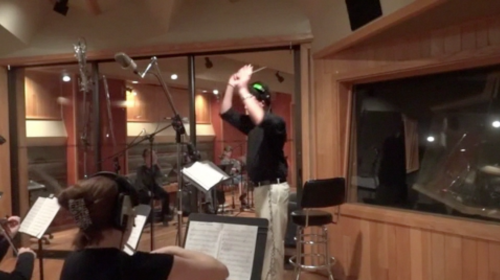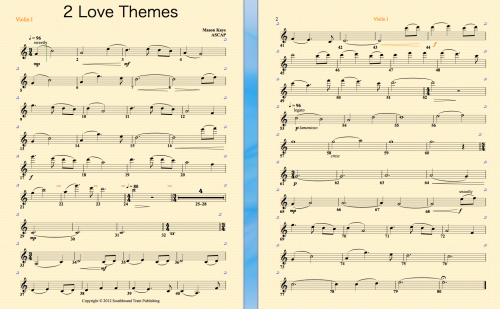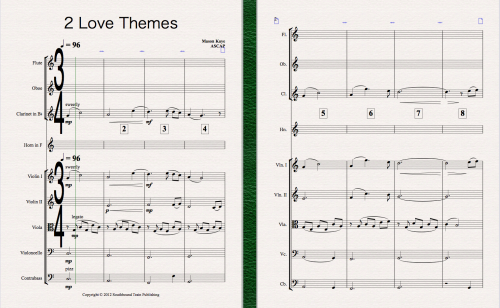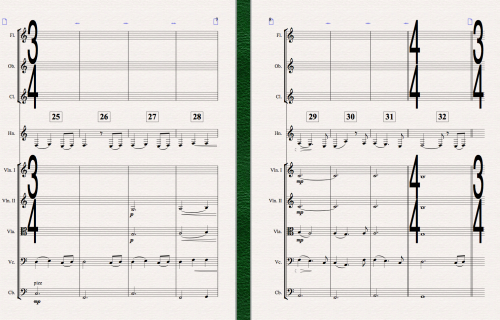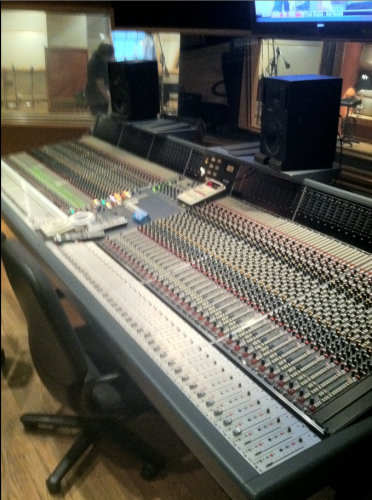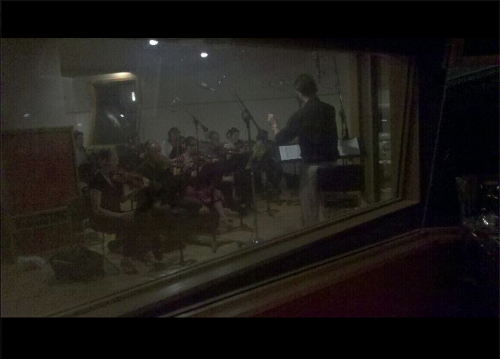Flip Flops in the Windy City: Recording Session #1!
I don’t think there is a single film composer out there that would argue that the recording session phase of writing music is the awesomest part. Every time. It is the pinnacle of what we strive to do, and nothing in this world is more satisfying to me than hearing music that started in my head realized by an orchestra. Last Thursday, we got to conduct original work at the Chicago Recording Studio. And yes, it was awesome…
The Point
We got to record original music with professional musicians in an industry-standard environment, because we go to an awesome school. The point of this session was for what we call “sweetening”. Sweetening is generally done when you have written for a large ensemble, but you only record certain elements (lead melodic lines, foreground texture etc). So we were encouraged to take work we had produced last semester and sweeten it with the orchestra. We had 3 violin I, 3 violin II, 2 viola, 2 cello, 1 contra bass, 1 flute, 1 oboe, 1 clarinet, and 1 french horn. This is a very versatile ensemble, and the 11 of us wrote very different pieces.
The Writing
I decided to take two love themes I wrote last year and orchestrate them for this ensemble. I already had versions of both of these that could have been sweetened, but I decided to start over and write for this ensemble specifically. Afterward, I will digitally sweeten when necessary. While this is completely backwards from what I just explained, it worked extremely well, and is not an uncommon practice.
The Prep
Making parts and scores for a session is often tedious work, simply because it is mundane, yet it has the capacity for catastrophic failure. If your parts have errors, you will spend much of your invaluable studio time trying to correct them, instead of recording your supposedly awesome music. Here’s my violin I part:
Simple, easy to read, and extremely proof read. I’m happy to say we didn’t have a single part issue during my session. Making a readable and functional conductor’s score is critical as well. While many of us could have conducted our pieces off-book, we need conductors scores to provide bar numbers as a reference when making changes with the players. Everyone makes their conductor’s score a little differently; here’s mine:
Why are the time signatures so huge? As conductors, we need to be 100% faithful to the score, and this is especially important with meter and how we conduct our pattern (waving the stick in the air). We make our time signatures HUGE so we don’t have to worry about spotting them:
After making a quick click-track for the musicians to play along with (maintains consistency between takes), we’re ready to go!
The Session
We recorded at the Chicago Recording Company. That’s their link; they’re legit. Don’t believe me? Just look at their mixing board:
This is in no way my first time conducting live players, but it was my first time conducting live players to a click track. In certain ways, I found it easier. We had the strings in one room and the winds and horn in another room for sound isolation purposes. That way, none of the string sounds bled into the winds or horns. While it was a little disconcerting having a glass door between me and some players, it worked out just fine. There is something indescribably satisfying about conducting your own work, especially when it ends up sounding good, or even better than you had hoped!
The Final Product
I am still working on a detailed mix. But what I have right now speaks mostly to the quality of the room, the microphones, and the players. I only had to add reverb and do a little panning, and the thing sounds amazing! I have synched a rough mix with video of me conducting. It’s pretty sweet. The best part is we have two more sessions this semester!

